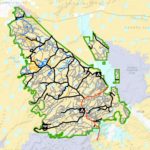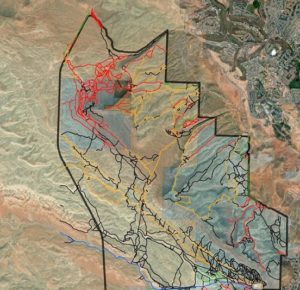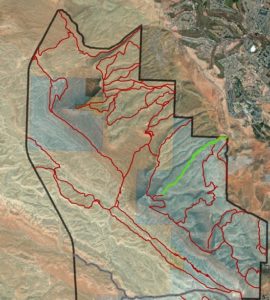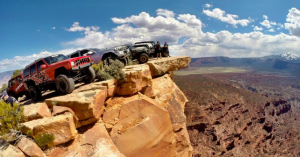Moab Proposed Noise Ordinance Can Get You 6 Months Free Lodging!
New Moab Noise Ordinance can get you 6 months Free Lodging!
UPLA just learned that Moab is poised to pass a new noise ordinance tonight that can levy penalties of 6 months in jail and up to $1,000 fines. The standards that are being considered are much more restrictive than Federal or most other municipalities that have adopted ordinances. This ordinance was put together hastily, largely without public input. UPLA believes that the City of Moab should solicit participation from relevant stakeholders and hold more public hearings and comments before this ordinance is passed. This not only will affect off roaders, but also hotels, campgrounds, and restaurants-everyone in the hospitality industry.
As Grand County has already passed a similar noise ordinance that is subject to revision, once again we ask you to take action to send your comments to all 3 of the following TODAY!
Commission@GrandCountyUtah.net
City-Council@MoabCity.org
Landuse@Utahpla.com
Here are some suggestions on possible comments you may want to include:
- Please do not excessively restrict vehicle sounds on the streets and dirt roads surrounding Moab.
- 4WD and car enthusiasts appreciate the opportunity to visit Moab and its iconic landscape, and we expect everyone to visit with respect. However, limiting automobiles to 92 dB (at twenty inches) by J1492 is too strict, as the five states (CA, WA, MT, MI, ME) that limit automobiles by J1492 or older stationary-test methods set the limit at 95 dB. A 95 dB limit sufficiently captures problem mufflers, and it would largely resolve noise concerns. A 92 dB limit unnecessarily prohibits most modified vehicles (including rock crawlers that access the famous 4WD trails) that simply are not bothering people when driven normally.
- Moab City’s proposed reduction from 92 dB to 85 dB at night would essentially ban the use of modified vehicles and even many stock vehicles from 10pm to 7am (and 9am on Sundays). They are often used for other purposes beyond recreational driving. Stationary sound limits are a type of equipment requirement, and they should not change by time of day.
- The city and county’s pass-by sound limits (at fifty feet) of 74 dB during the day and 72 dB at night are also too severe. The global standards that automobile manufacturers follow are generally 80 dB. While these standards involve hard acceleration that can usually be avoided in everyday use, non-stock tires and other common accessories add to the total sound, so the pass-by limits should be increased by 6 dB and specify a recognized test methodology or specify that pass-by limits are only for screening to identify which vehicles are stopped for a stationary test.
- The suggested limits of 95 dB by J1492 and 80 dB at fifty feet would resolve noise concerns effectively and practically for everyone involved. These limits are in line with the other jurisdictions that are actually enforcing their sound standards. They would make 4WD and car drivers fix their share of the noise problem. They are worth trying in the Moab community.
Read another Overview of the Noise Ordinance here…https://utahpla.com/wp-content/uploads/2021/04/Moab-noise-overview.pdf
Read the proposed ordinance here…. https://utahpla.com/wp-content/uploads/2021/04/Proposed-Ordinance-for-42721-approval.pdf




